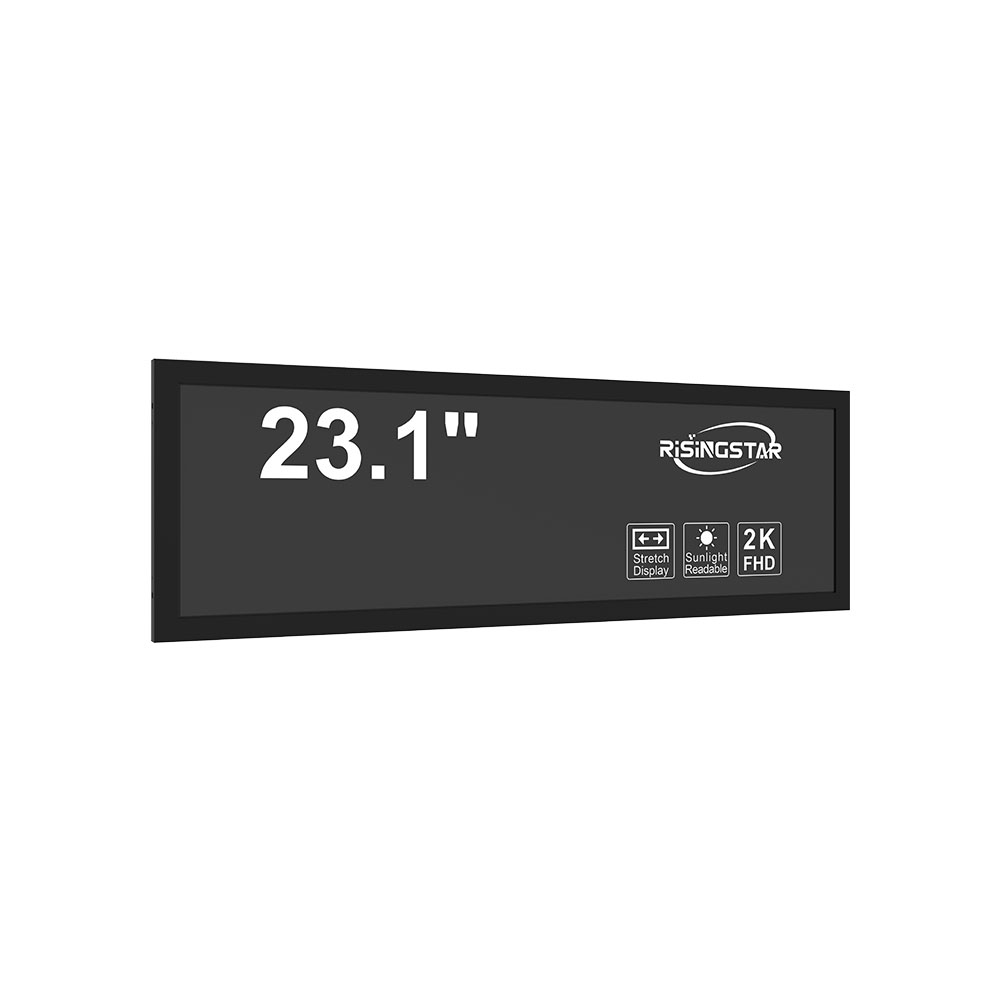- Home
- About Us
- Products
- News
- Video
- Contact
- Send Inquiry
Search
- Home
- About Us
- Products
- News
- Video
- Contact
- Send Inquiry

In modern urban transit systems, reliable and real-time passenger information displays (PIDs) are no longer optional—they are essential for operational efficiency, safety, and user satisfaction. Outdoor high-brightness LCD screens have emerged as the leading technology for delivering clear, dynamic, and accessible information in public transport environments such as bus stops, train stations, airports, and subway platforms. According to a 2023 report by MarketsandMarkets, the global intelligent transportation systems market is projected to reach $150 billion by 2028, driven largely by demand for digital signage and real-time communication tools like PIDs.
Outdoor high-brightness LCDs are engineered to perform reliably under extreme conditions—ranging from direct sunlight exposure to sub-zero temperatures and heavy rain. These displays typically offer brightness levels of 5,000 to 10,000 nits, far exceeding standard indoor LCDs (250–500 nits). This ensures legibility even during peak daylight hours, which is critical for commuter visibility and engagement. For example, London’s Transport for London (TfL) deployed over 1,000 outdoor LED-LCD hybrid PIDs across its network in 2022, reporting a 34% increase in on-time boarding and reduced passenger anxiety due to improved real-time updates.
The technical backbone of these systems includes IP65-rated enclosures for dust and water resistance, fanless designs for silent operation, and wide viewing angles (>170°) to accommodate multi-directional passengers. Many systems integrate with GPS tracking, cloud-based content management software (CMS), and API-driven data feeds from traffic management systems—enabling seamless synchronization of arrival times, delays, service disruptions, and emergency alerts. A case study from Singapore’s Land Transport Authority (LTA) demonstrated that integrating real-time PID updates with mobile apps increased average commuter satisfaction scores by 41% over 12 months.

Moreover, energy efficiency has become a key design consideration. Modern outdoor LCDs use advanced LED backlighting and adaptive brightness controls that reduce power consumption by up to 40% compared to older models, aligning with global sustainability goals. The European Commission’s Green Public Procurement guidelines now recommend such energy-efficient solutions for all public infrastructure projects, including transit signage.
From a cybersecurity perspective, robust firmware encryption, remote diagnostics, and secure boot mechanisms ensure protection against unauthorized access—a growing concern in smart city ecosystems. In New York City, MTA implemented a zero-trust architecture for its new PID network, reducing system downtime by 60% within one year.
Ultimately, outdoor high-brightness LCD passenger information displays are more than just screens—they are critical components of an intelligent, responsive, and inclusive transit ecosystem. As cities grow denser and mobility becomes more complex, investing in this technology isn’t just smart—it’s necessary.